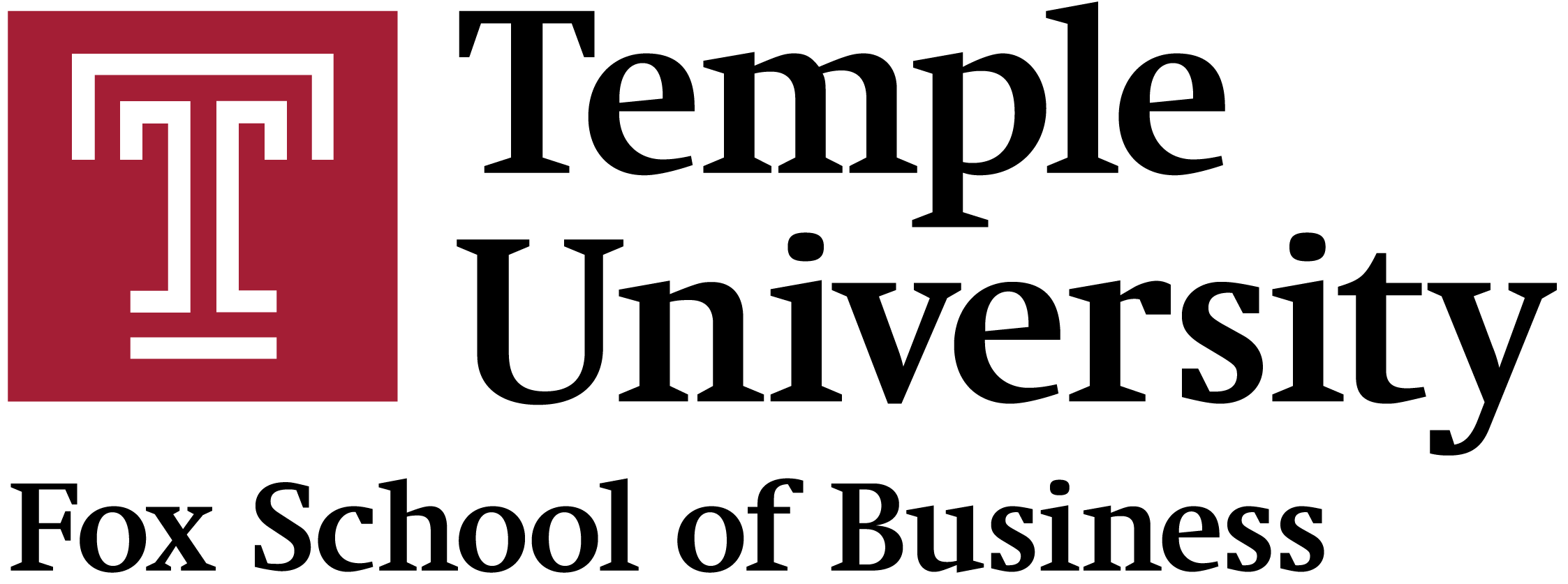Writing
Discussion post from Business Ethics comparing Costco and Walmart.
Costco and Walmart/Sam’s Club while seemingly very similar, are quite different. Both companies have large physical retail facilities offering goods at low prices. Costco and Walmart’s bulk retailer Sam’s Club both charge membership fees allowing members to shop at the retailer. However, that is seemingly where the similarities end.
Any successful retailer such as Costco and Walmart must have employees. How a retailer treats its employees is up to the employer. Costco according to Ashley Lutz of Business Insider on average pays its employees an hourly wage of seventeen dollars (Lutz). Lutz continues by pointing out that Costco’s wages are “twice that of Walmart” (Lutz). Wages are only part of how employers treat their employees. Benefits such as healthcare and paid time off for vacation or sickness are important too. In a New York Times article written by Steven Greenhouse he notes that Costco’s employee healthcare programs “makes those at many other retailers look Scroogish” (Greenhouse). In the film Wal-Mart: The High Cost of Low Price directed by Robert Greenwald former Walmart employees claim that management encouraged them to use entitlement programs such as Medicare and WIC (Wal-Mart:). To keep labor costs down further, Walmart management is encouraged to prevent overtime pay by making system changes moving the overtime hours to the following week (Wal-Mart:). When employees at Wal-Mart try to unionize for better work conditions, management hires new part time workers who they do not have to pay benefits to. Management use these new employees to create a hostile workplace for employees they wants to jettison (Wal-Mart:).
The business models used by both besides selling goods at low prices in large facilities are radically different. Walmart sells a lot of products with numerous brands per product. Costco in comparison only carries four brands per product per Lutz (Lutz). Walmart when opening up new stores attempt to get tax breaks and favorable tax agreements with the communities they build in (Wal-Mart:). As shown in the film Wal-Mart: The High Cost of Low Price, the damage of this practice are abandoned Walmart buildings that could house nearly 30,000 classrooms and deplete funds for necessary community functions such as police, fire, and education services (Wal-Mart:). As mentioned in the previous paragraph, Walmart encouraging employees to use state entitlement programs drive up state budgets. The net result are either tax increases or further debt. Walmart’s community image has gotten to the point where numerous communities have fought to prevent them from entering their communities. When Walmart enters a community they erode community commerce and services, which is part of their business model (Wal-Mart:). Costco’s community image is one of giving back. Andrew Frye’s article for Bloomberg Business quotes Charles Munger on Costco’s philanthropy. “I believe Costco does more for civilization than the Rockefeller Foundation” (Frye). Being compared to one of the largest and most influential non government organizations that gave us the vaccination to yellow fever is far better than having communities rally against you. In short, Costco strives to help the communities they enter whereas Wal-Mart alters the community for their financial benefit.
Citations
Frye, A. (2010, September 17). Munger Says Costco Beats Charity as Buffett Signs Up Donors. Retrieved September 1, 2015.
Greenhouse, S. (2005, July 17). How Costco Became the Anti-Wal-Mart. Retrieved September 1, 2015.
Lutz, A. (2012, November 27). This Formula Made Costco The Anti-Walmart. Retrieved September 2, 2015.
Wal-Mart: The High Cost of Low Price [Motion picture]. (2005). United States: Brave New Films.

